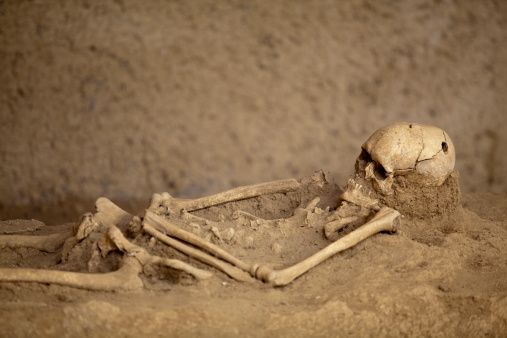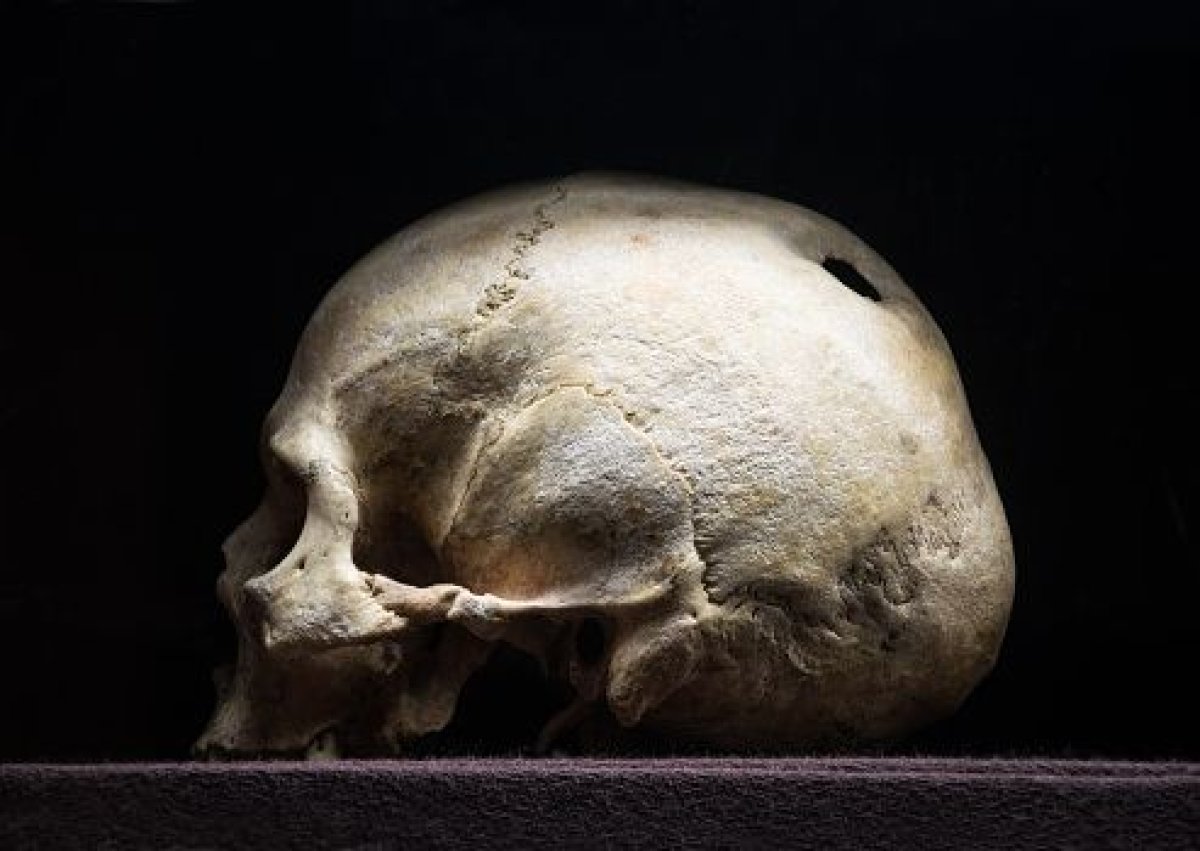
Operations in the ancient Incan world would sometimes involve scraping and drilling holes in the skull, a surgery researchers now know was so refined in ancient Peru that survival rates during the Incan empire were relatively high—about twice that of the American Civil War for similar cranial operations, according to one study.
Research published in World Neurosurgery showed that these ancient peoples had refined the act of scraping, cutting and drilling openings into craniums. It's a technique called trepanation that was practiced around the world for thousands of years, primarily to treat head trauma, but possibly to treat headaches, seizures, mental illnesses or even to expel perceived evil spirits. The Incas seemed especially skilled at this technique.
"They seemed to understand head anatomy and purposefully avoided the areas where there would be more bleeding," said Dr. David S. Kushner in a statement. Kushner is a clinical professor of physical medicine and rehabilitation at the University of Miami Miller School of Medicine.

"Physical evidence definitely shows that these ancient surgeons refined the procedure over time. Their success is truly remarkable."
The mortality rate for this operation in the Inca empire was between 17 to 25 percent, but centuries later, during the American Civil War, the mortality rate was 46 and 56 percent, according to the study.
The results of the research are based on evaluations of more than 800 skulls that had undergone the procedure between approximately 400 BCE and CE 1500. The researchers found a clear improvement in cranial surgery on the coastal regions and the Andean highlands of Peru, which led to a high survival rate in the 15th- and 16th-century Inca empire.
The researchers determined if a person had died shortly after surgery by looking at whether his or her skull had had time to heal. If there was no sign of new bone tissue growth, the researchers assumed the patient died during or within days of the surgery.
The study's authors can't be certain why the Incas had such a high success rate, but they think it might be good hygiene.
"We do not know how the ancient Peruvians prevented infection, but it seems that they did a good job of it," Kushner said in the statement.
"Neither do we know what they used as anesthesia, but since there were so many [cranial surgeries] they must have used something—possibly coca leaves. Maybe there was something else, maybe a fermented beverage. There are no written records, so we just don't know."
Uncommon Knowledge
Newsweek is committed to challenging conventional wisdom and finding connections in the search for common ground.
Newsweek is committed to challenging conventional wisdom and finding connections in the search for common ground.
About the writer
Lisa Spear is a science writing fellow at Newsweek. She's previously contributed to a number of other outlets including Time and ... Read more
To read how Newsweek uses AI as a newsroom tool, Click here.








